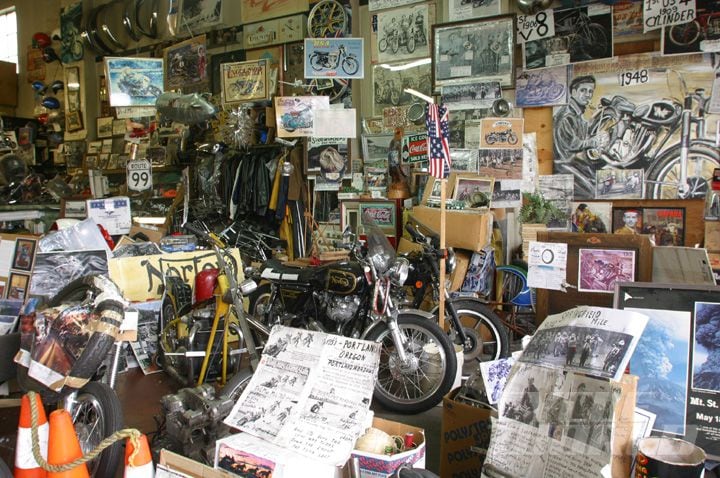Unleash Performance with Costs Motox Parts NZ Available Below
Unleash Performance with Costs Motox Parts NZ Available Below
Blog Article
Mastering Bike Gears: Just How to Maximize Your Riding Experience
In the realm of motorcycling, understanding the art of equipment adjustment is crucial for improving your riding performance. Correctly comprehending and making use of motorbike equipments can considerably influence control, gas, and acceleration efficiency, transforming an ordinary ride into a smooth, electrifying journey.
Recognizing Gear Mechanics
Just how do the details of gear auto mechanics influence motorcycle efficiency? At the core of bike dynamics, equipment technicians play an essential function in converting engine power into motion, inevitably dictating speed and control. Gears, carefully crafted components, enable motorcyclists to maximize torque and speed, making certain a seamless shift through different terrains and rates. The equipment ratios, thoroughly made, establish the connection between engine transformations and wheel turns, affecting velocity and gas performance.
Understanding gear mechanics begins with acknowledging the significance of the gearbox, which houses multiple gears of varying sizes. These equipments connect via a procedure referred to as meshing, where teeth of different gears involve to transmit power. The accuracy of this communication is critical; any imbalance or damage can bring about ineffective power transfer, impeding performance. Additionally, the plan and dimension of gears influence the motorcycle's capability to manage various tons and rates.
Moreover, the idea of gear shifting is indispensable to maximizing efficiency. Timely and smooth shifts make sure that the engine runs within its optimum power band, protecting against unnecessary stress and improving durability (motorcycle parts nz). By comprehending these mechanical complexities, bikers can accomplish an unified blend of control, power, and efficiency, boosting their riding experience
Timing Your Changes
Change timing mastery is crucial for optimizing bike efficiency and improving the riding experience. Correctly timed shifts guarantee that the engine runs within its optimum power band, which is important for keeping control, attaining smooth velocity, and making sure the long life of the motorcycle. Riders need to create an intuitive feeling of when to shift equipments, which involves understanding the connection in between engine changes per min (RPM) and speed.
To master shift timing, pay close focus to the engine's audio and feel, as these give important ideas concerning when to alter equipments. The excellent change factor normally takes place when the engine approaches the upper variety of its power band without reaching the redline. Shifting too early can bring about a lack of power, while shifting as well late might create unneeded engine strain
Additionally, road conditions and riding design influence shift timing. As an example, in urban settings, smoother and a lot more constant shifts might be needed to navigate web traffic efficiently. On the other hand, throughout highway riding, fewer changes at greater rates can be more suitable. Practicing in different environments will certainly enhance your capability to time changes precisely, ultimately raising your riding experience to a specialist level.
Enhancing Fuel Performance
While mastering motorcycle gears is essential for performance, boosting fuel performance is equally crucial for both economic and ecological reasons. Optimum gas usage click here for more info not just decreases operational prices however also decreases the eco-friendly footprint of riding. To accomplish this, one need to comprehend the elaborate connection between gear selection and engine performance.
Riding in a greater gear at reduced speeds can lead to engine lugging, which is detrimental to both gas economy and engine wellness. Conversely, riding in lower gears at high rates results in unnecessary fuel usage.
In addition, normal upkeep plays a crucial function in fuel performance. Guaranteeing that the bike is well-tuned, with clean air filters and properly blew up tires, can decrease and enhance aerodynamics fuel wastage. Adopting a riding style that embraces steady velocity and smooth slowdown can contribute to far better gas economic climate.

Strategies for Smooth Transitions
Achieving smooth equipment transitions is fundamental to enhancing the riding experience and making sure the longevity of a motorbike's transmission system. Appropriate gear shifting not only adds view to a seamless trip but also reduces damage on the mechanical components. To master the art of smooth changes, motorcyclists must concentrate on a few essential methods.

Second of all, clutch control plays an essential duty. Engaging and disengaging the clutch smoothly calls for practice. The clutch bar ought to be launched progressively, permitting a smooth transfer of power from the engine to the wheels without causing a jolt or sudden movement.

Adapting to Roadway Conditions
Navigating varied roadway problems is a critical skill for any type of motorcyclist aiming to keep control and safety and security. Whether you're riding on wet surface areas, crushed rock roads, or navigating doglegs, your capability to adjust your gear use and riding strategy is extremely important. Comprehending just how to change your equipments appropriately can dramatically influence traction and security, ensuring a more secure journey.
On wet roadways, it is advisable to keep greater gears to reduce torque and decrease wheel spin. This technique helps preserve hold on slippery surfaces, permitting for smoother velocity and deceleration. In comparison, when riding on crushed rock or uneven surface, reduced gears are more effective. Lower gears give much better control and enable you to respond more swiftly to unexpected adjustments in the road surface area.
Sharp contours demand precise equipment administration to balance speed and control. Downshifting prior to entering a contour can help preserve momentum while making certain the motorcycle remains steady throughout the turn. Consistent technique in different conditions improves your capacity to respond and forecast to adjustments in road texture and slope.
Final Thought
Understanding motorcycle gears substantially improves the riding experience by enhancing fuel, control, and acceleration performance. An extensive understanding of equipment auto mechanics and precise change timing makes sure the engine operates within its optimal power band, while smooth changes with effective clutch and throttle coordination increase convenience and performance. Adapting equipment option to numerous road conditions, such as utilizing higher gears on wet surfaces and reduced gears on gravel, further boosts handling and safety. Inevitably, these abilities boost the general trip.
Understanding gear auto mechanics begins with identifying the value of the transmission, which houses multiple gears of differing sizes. These equipments communicate via a process understood as meshing, where teeth of different gears engage to transfer power (motorcycle shop). Mild changes to the throttle during gear changes can protect against jerky activities and preserve riding suit a consistent riding pace
Whether you're riding on wet surfaces, gravel roads, or navigating sharp turns, your capacity to adapt your gear usage and riding method is critical. Adjusting equipment selection to numerous roadway conditions, such as utilizing greater gears on damp surface areas and reduced equipments on gravel, more enhances handling and safety and security.
Report this page